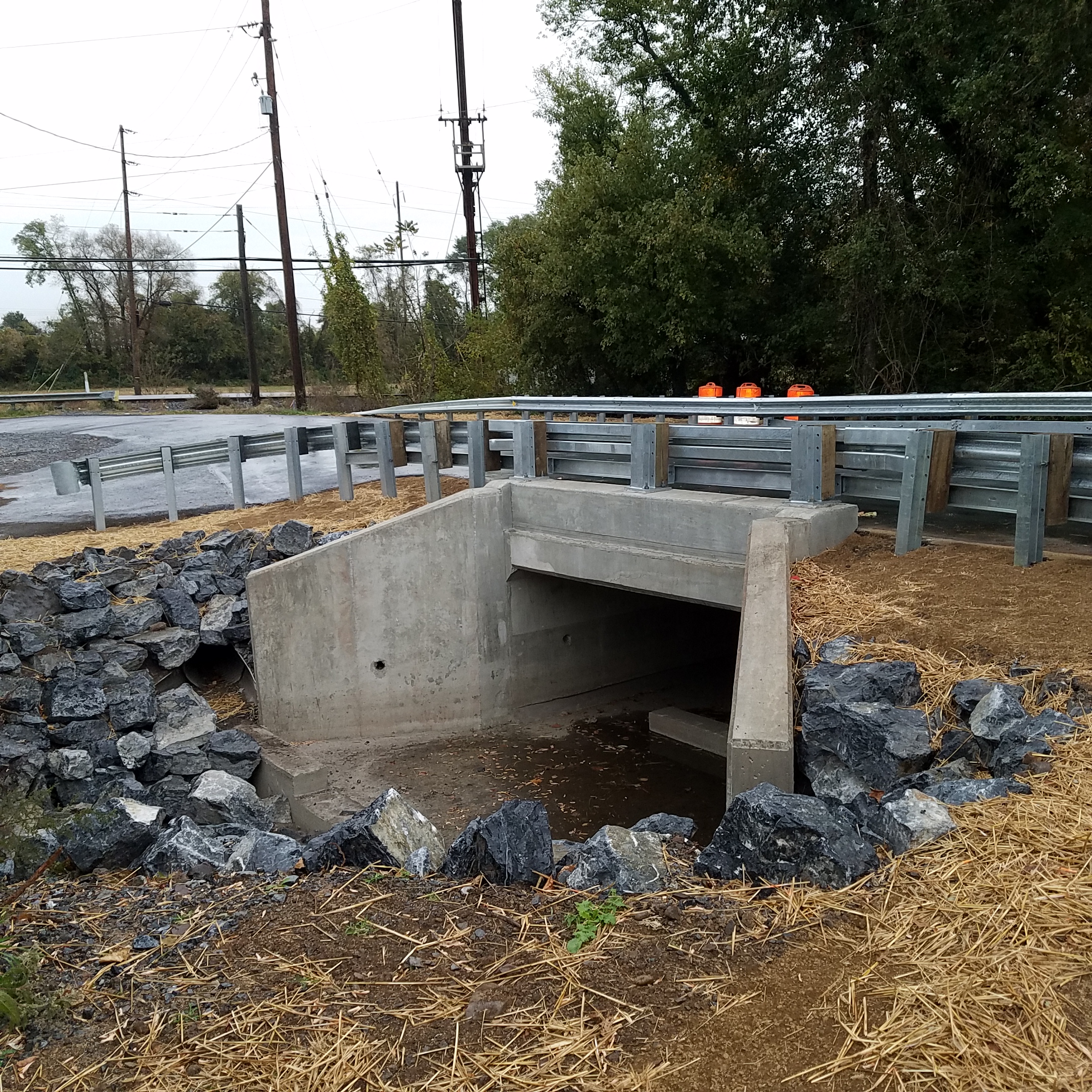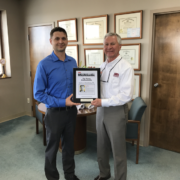Dauphin County Infrastructure Bank Honored with Governor’s Award
Herbert, Rowland & Grubic, Inc. (HRG) is pleased to announce that our client Dauphin County received a Governor’s Award for Local Government Excellence for the infrastructure bank program we helped them create. The award for “innovative community or government initiative” was presented to Dauphin County officials at the Governor’s Residence on April 12, 2017. Commissioners George Hartwick, Jeff Haste, and Mike Pries attended the ceremony with George Connor, the executive director of Dauphin County’s Department of Community and Economic Development and the administrator of the infrastructure bank program.
HRG worked with PennDOT and Dauphin County officials to develop this program, which provides a creative solution to one of local government’s biggest challenges: successfully maintaining and replacing infrastructure. It leverages the county’s Liquid Fuels funding and the underutilized Pennsylvania Infrastructure Bank program to stretch the value of local government dollars. In its first three years, Dauphin County turned an annual investment of $325,000 in Liquid Fuels money into 10 projects worth $11 million: 7 bridges, 1 streetscape, 1 intersection improvement, and 1 traffic signal improvement.

While people on both sides of the aisle agree that infrastructure improvements are badly needed, the debate often stalls over where the money will come from to pay for these improvements. The Dauphin County Infrastructure Bank shows that new revenue is not necessarily needed to begin addressing these problems; applying existing revenue in new ways can help us make significant progress. By combining several sources of funding – each of which would’ve been inadequate to meet the infrastructure need alone – the Dauphin County Infrastructure Bank has accomplished so much more for the county’s residents than these funding sources could’ve done individually.
Brian Emberg is an engineer who helped develop this program. He began working with the county in the 1980s on a similarly forward-thinking program that helped the county eliminate significant structural deficiency of its bridges. (In 1984, one-third of the county’s bridges were structurally deficient, but today the county has no load-posted, structurally deficient bridges at all, thanks to a bridge management system they designed with HRG.)
Emberg says, “Dauphin County’s officials are dedicated public servants and true visionaries. They continually challenge the status quo to deliver the best service to their constituents for the highest return on public tax dollars. This program provides a great example to other counties on how the seemingly impossible task of addressing our infrastructure can be solved.”
Indeed, HRG is currently in talks with counties around the state about implementing similar infrastructure bank programs of their own. Though Dauphin County uses its program for transportation improvements, the program can be used to fund any type of infrastructure, depending on the sources of money used to capitalize the loan program. For more information about the program, read our white paper on county infrastrastructure banks.










